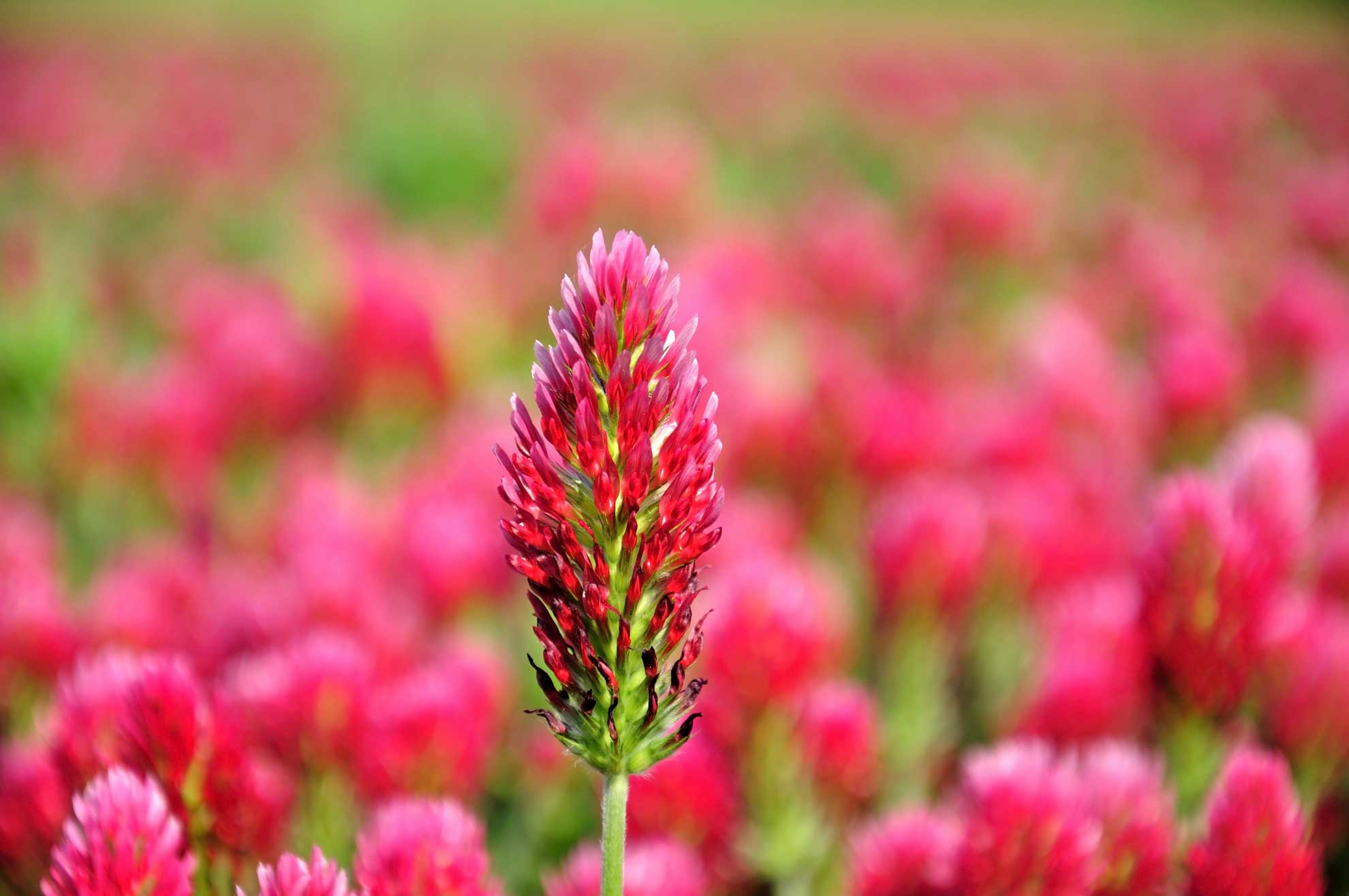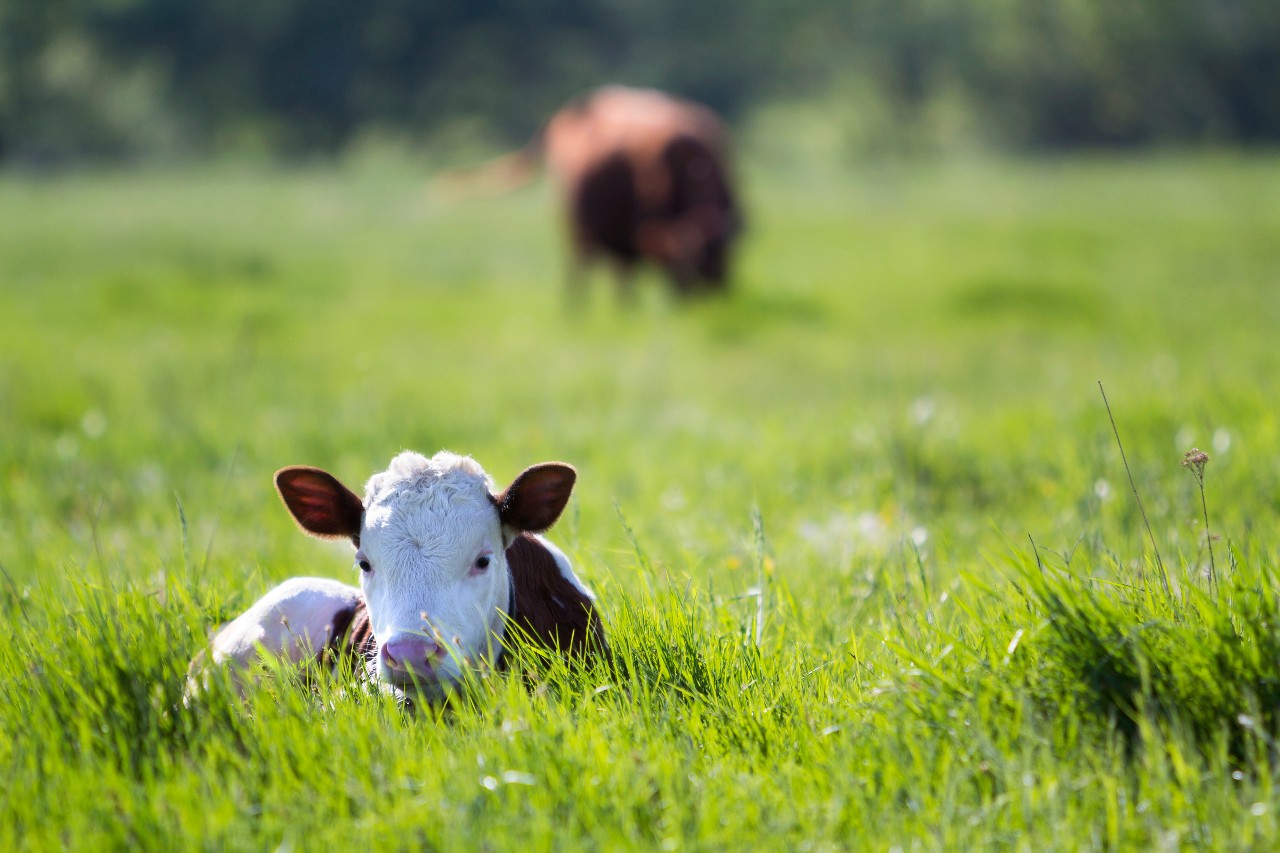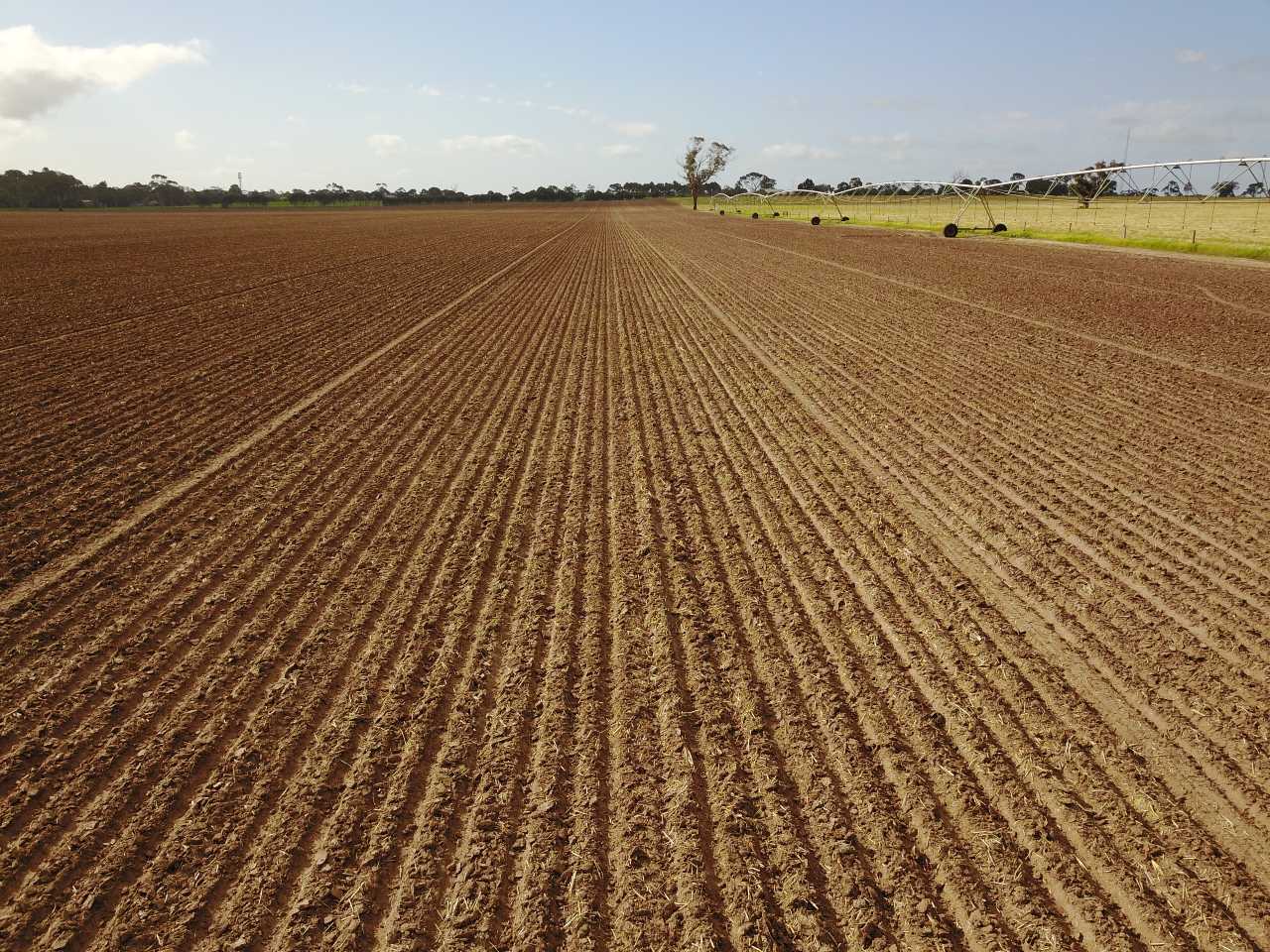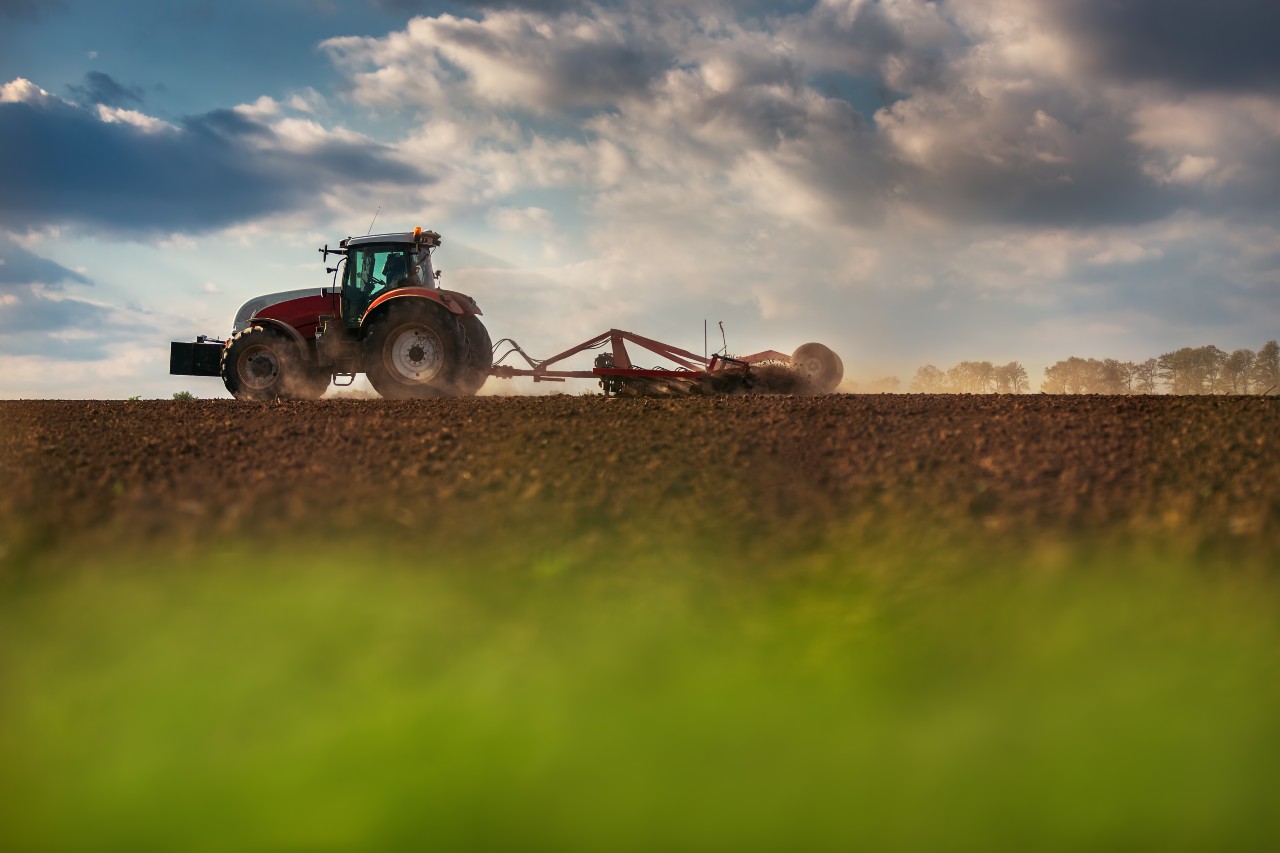Pasture Solutions
What is the best way to sow my pasture?
There have been some signifi cant improvements in sowing technology over the years. DBS machines, renovator machines, press wheels and liquid injection systems have all come onto the scene and have the potential to signifi cantly increase your chances of successful pasture seed establishment. There are however some basic principles which still apply regarding pasture renovation.
Soil Fertility & Nutrition
The South East region of South Australia is a totally unique area due to its vastly diff erent soil types and seasonal conditions. The soils can range from acid sandy soils with high aluminium content, through to heavy black alkaline soils that are prone to water logging. Before you choose to take on a renovation project, a soil test should be taken to correct any defi ciencies or excesses prior to sowing. Lime or Gypsum and a host of trace elements may be necessary and it is best to know exactly what you are dealing with. A soil test will give you an accurate gauge of the state of your soil and will get you off to the best start.
Paddock Preparation
Paddock preparation is still the most important aspect of a successful pasture renovation program. You will greatly increase your chances of success by sowing into a well prepared, weed free seed bed. The amount of weed seeds in the soil can vary from 2,000 – 60,000 seeds per square metre so signifi cantly reducing the burden in the ground is defi nitely in your best interests.
Weed Control
Successful pasture renovators will be thinking about which paddocks they tackle in the year prior to sowing a permanent pasture. This process will give you the jump on problem weeds and annual grass species which can threaten the success of your new pasture. Ideally, if you can start working on reducing the bank of weed seeds in the soil in the year prior, your chances of a successful pasture establishment will be greatly increased. Some of the following strategies can be used:
Annual Hay/Silage crops – will grow aggressively through the winter and spring months to give annual weeds competition. By cutting hay/silage you will help stop the annual grasses and weeds from setting seed, helping reduce the weed seed bank in the ground. For best results it is advised to heavily graze the paddock after taking hay/silage to help reduce the emergence of late seed heads.
Spray Topping – is a very successful and cost eff ective method of applying a sub-lethal rate of herbicide when grasses are coming into head and fl owering. Glyphosate and Paraquat are popular for this task, but you should consult your local agronomist for rates and the latest information regarding spray topping techniques. Similar to hay/silage crops, a heavy grazing after spraying helps reduce the emergence of late tillers; refer to product label for withholding periods.
Spring/Summer Fodder Crops – gaining popularity because they produce large volumes of inexpensive feed and with the increased incidence of summer rain, growers are seeing some excellent value for money. For fodder crops, the paddock preparation is done in spring. In autumn after a fi nal grazing, spray and direct drill your permanent pasture.
Spray Grazing – is a very common technique for the control of winter broad leaved weeds in pastures. This involves applying a low rate of hormone herbicide then introducing high stock numbers 7-10 days later. After spraying, the herbicide increases the palatability of broadleaf weeds and reduces their recovery from grazing. The only thing to keep your eye on is to not over graze the paddock, which in turn could damage your existing pasture.
Cash Cropping – sowing a cash crop of wheat/oats/barley/canola or lupins can be an easy and eff ective way to not only generate cash, but also prepare a paddock for the following year. The type of cash crop is generally dependent on what weeds you are looking to kill. With herbicides available to spray in crop, it can be a very eff ective way of reducing the weed seed bank the year before sowing a permanent pasture.
A combination of one or more of the above methods can greatly increase your chances of successful establishment as well as giving you the flexibility of not taking a paddock completely out of production for long periods.

Legume Inoculation (Fresh Coat)
Legume Inoculation (FreshCoat©)Naracoorte Seeds use a quality peat-based process to inoculate seed “on demand” and we...

Grazing Management
Grazing ManagementGrazing Management Grazing your new pasture for the first time is an important exercise: graze too...

Insect Control
Insect ControlInsects such as Red Legged Earth Mite can decimate a new pasture if not monitored and controlled...

Sowing
SowingThere are some excellent seeding machines on the market giving excellent results, but even the best seeder can...
